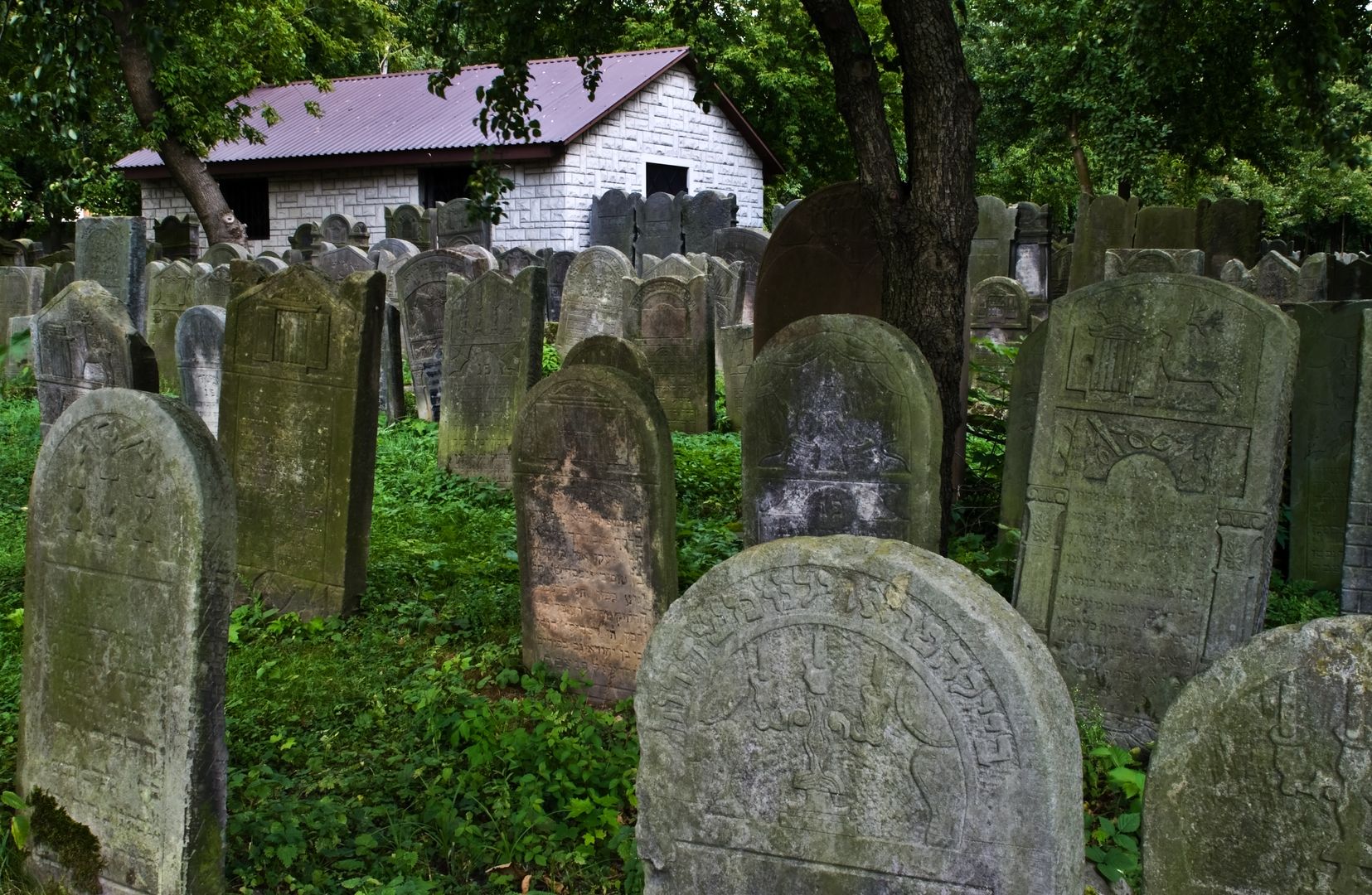Jewish cemetery in Szydłowiec
6.71

Overview
The Jewish cemetery in Szydłowiec is a historic necropolis established in the 18th century, located in the northeastern part of the town, once inhabited by Jews. Covering an area of 2.7 hectares, the cemetery also served Jews from Bodzentyn until the establishment of a local Jewish community there. Approximately 2000 tombstones have been preserved, with the oldest dating back to 1830. The dominant form of tombstone is the matzevah, whose appearance and decorations reflect the wealth of the deceased and the social status of their family. The style of the tombstones is rooted in traditional Jewish art, and among the diverse forms, one can find double tombstones, sarcophagi, and tombstones shaped like truncated tree trunks. Matzevot are often adorned with bas-reliefs featuring Hebrew symbolism, predominantly from the 19th century. The cemetery was closed by the authorities in 1957, and in 1959, its western part was dismantled to make way for public utility buildings, though without exhuming the remains buried there. After World War II, the cemetery was fenced, and in 1971, a plaque was placed to commemorate the 16,000 murdered Jews of Szydłowiec. In 2007, the cemetery came under the management of the Jewish Community in Warsaw, which built the ohel of the Biala-Rabinowicz dynasty. Among those buried in the cemetery are members of the Rabinowicz family, including Chaim Rabinowicz, who died in 1943, and Natan Dawid Rabinowicz, who lived from 1868 to 1930. The Szydłowiec cemetery is an important memorial site that documents the history of the Jewish community and its artistic traditions in the region.
Location
City
Szydłowiec
Tertiary Administrative Division
Szydłowiec
County
Szydłowiec County
State
Masovian Voivodeship
Country
2025 Wizytor | All Rights Reserved